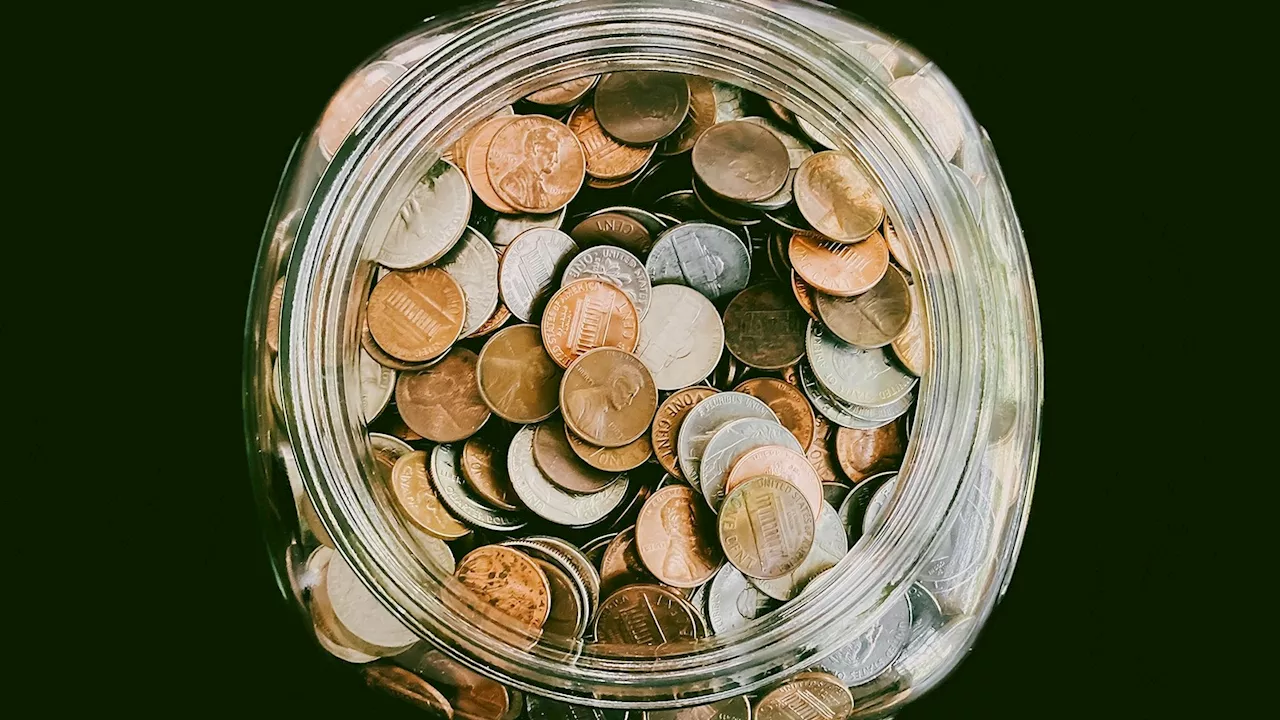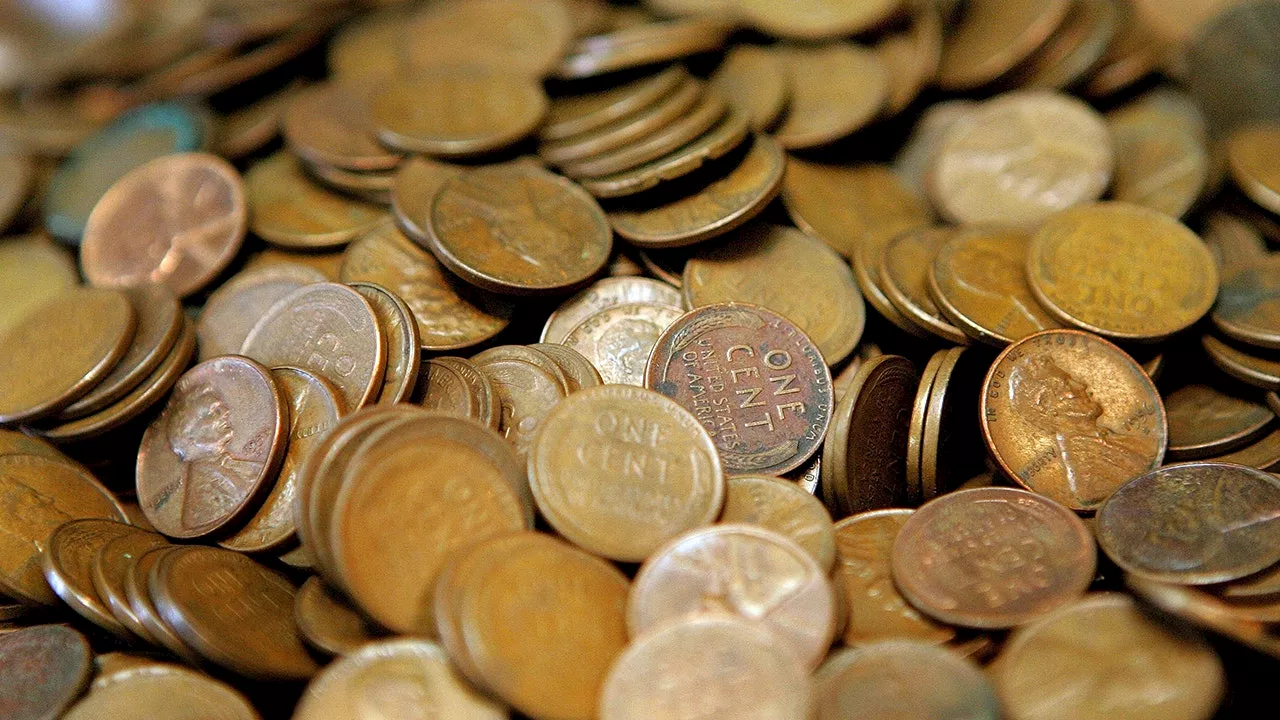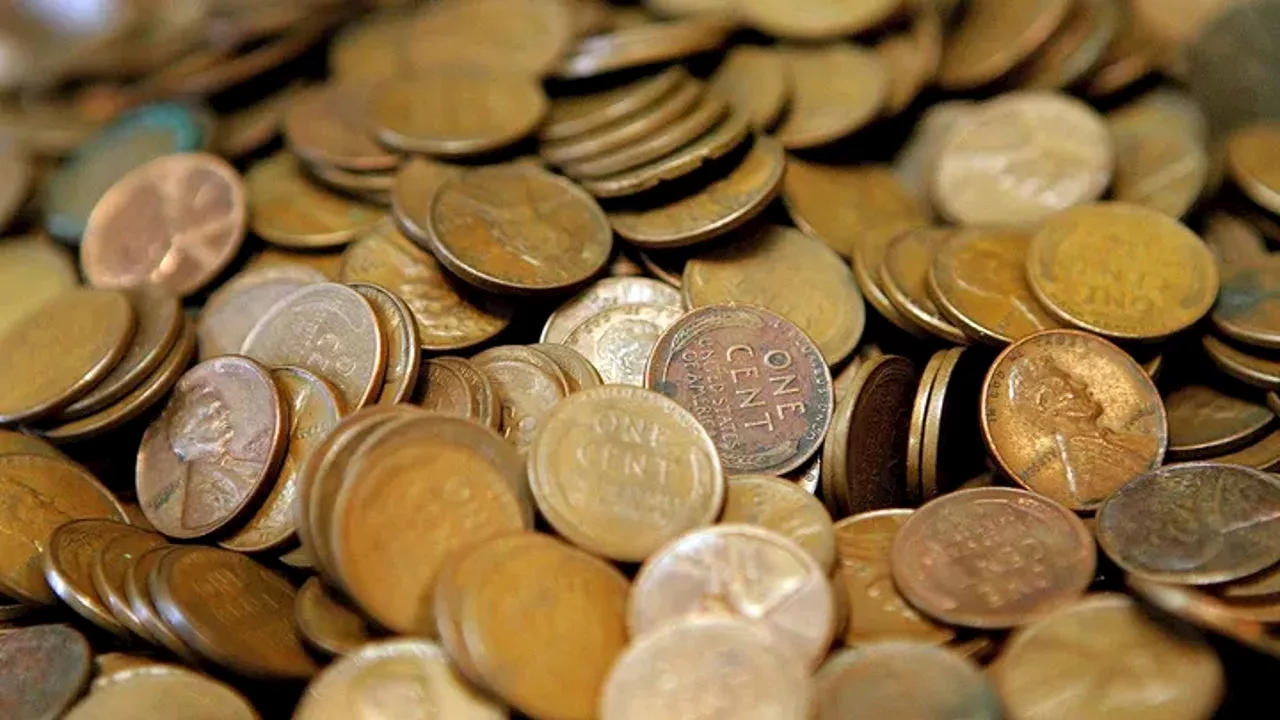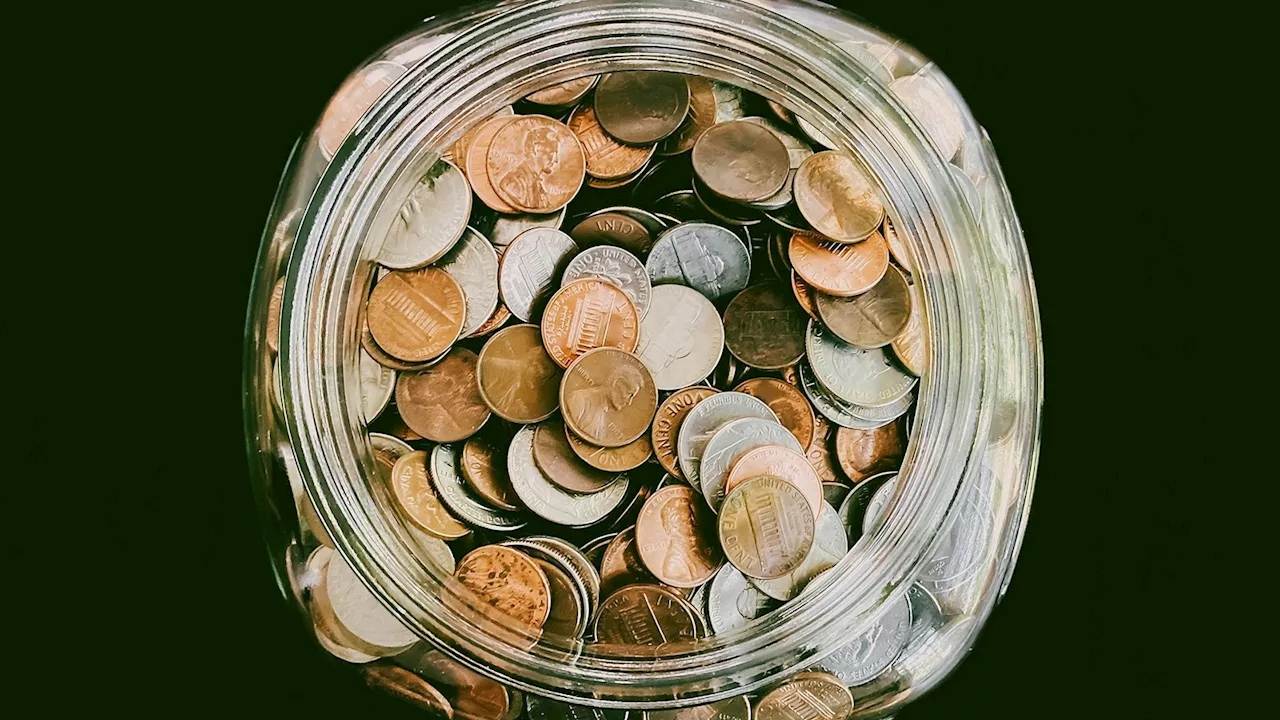The potential elimination of the penny in the US has ignited debate, with proponents citing cost savings and critics highlighting the financial burden of replacing it with nickels. While the cost of producing a penny exceeds its face value, the US Mint loses more money on each nickel minted. The decision of whether to eliminate the penny has significant economic implications, requiring careful consideration of both the potential benefits and drawbacks.
In 2024, the U.S. Mint reported that each coin costs around 3.7-cents to make and distribute. This cost, as the former president correctly states, exceeds one cent to produce. 'For far too long the United States has minted pennies which literally cost us more than 2 cents. This is so wasteful!' he said in a post on his Truth Social platform. 'Let's rip the waste out of our great nation's budget, even if it's a penny at a time.
' But there's a problem with his plan: phasing out the penny could result in needing to make more nickels, and the US Treasury Department loses far more money on every nickel than it does on every penny. 'Without the penny, the volume of nickels in circulation would have to rise to fill the gap in small-value transactions. Far from saving money, eliminating the penny shifts and amplifies the financial burden,' said American for Common Cents, a pro-penny group funded primarily by Artazn, the company that has the contract to provide the blanks used to make pennies. According to the latest annual report from the US Mint, each penny costs 3.7 cents to make, including the 3 cents for production costs, and 0.7 cents per coin for administrative and distribution costs. But each nickel costs 13.8 cents, with 11 cents of production costs and 2.8 cents of administrative and distribution costs. These figures are for the government's fiscal year, which ends on September. During that fiscal year, the Mint tried to cut those losses by making far fewer nickels - only 202 million, down 86% from the 1.4 billion nickels it minted in each of the two previous years. That's also far less than the 3.2 billion pennies it made in 2024 and the 4.1 billion it made in 2023 and 5.4 billion it made in 2022. Even if the Mint has to make only 850,000 additional nickels in 2025 to meet demand from retailers, that would wipe out the savings of eliminating the penny. If it goes back up to making 1.4 million nickels a year, that would cost $78 million more than the cost of pennies it is no longer making. The Mint would likely have to make more than that - probably in the range of 2 million to 2.5 million nickels a year if it stops making pennies permanently, said Mark Weller, executive director of the Americans for Common Cents, based on the track record in other countries that dropped their lowest valued currency. The price of making pennies has been relatively steady in recent years, while the cost of producing nickels has been climbing, rising about 20% since 2022, because of the difference in the cost of raw materials. Nickels are made of 75% copper and 25% nickel, while pennies, despite their reputation of being a copper coin are copper-plated zinc, meaning they are only 2.5% copper and 97.5% zinc. While all metal prices can be volatile, zinc prices are essentially where they were in late 2016, while copper and nickel prices are roughly double the price they were then. Still, there are arguments for dumping the penny, no matter the costs. The National Association of Convenience Stores has in the past agreed with the idea of getting rid of the penny to speed transaction time, even if only by a second or two for each customer paying with cash. 'Convenience stores sell a lot of products, but what they really sell is speed of service,' said Jeff Lenard, spokesman for the group. He couldn't say if nickel usage would increase, but he did say that without the penny that cash transactions would be rounded to the nearest nickel. And the United States wouldn't be the first to dump its least valuable coin. Canada stopped minting their pennies in 2012 and stopped using them in 2013. Weller doesn't dispute that Trump can order Treasury to stop making the penny. It stopped making the dollar coin for general circulation in 2011 due to lack of demand. But to stop the use of pennies already in circulation would take an act of Congress. And that would require the federal government to buy back the already-issued pennies, which turned out to be more expensive than anticipated proposition in Canada, Americans for Common Cents' Weller said. While gumball machines, parking meters, toll booths and even vending machines once accepted pennies, few will accept the pennies today. One reason that the government has to make so many pennies every year is a large percentage of them don't remain in circulation. They are stashed in penny jars or junk drawers at home. Or they fall on the ground and people don't even bother to pick them up. Many people leave behind the pennies they get as change in leave-a-coin-take-a-coin dishes on counters of many retailers. Those dishes are increasingly holding nickels as well, which also have few uses. 'When people start leaving a monetary unit at the cash register for the next customer, the unit is too small to be useful,' said Gregory Mankiw, a Harvard economics professor and former chairman of the President's Council of Economic Advisers under President George W. Bush
PENNY NICKEL US MINT COST OF PRODUCTION GOVERNMENT SPENDING ECONOMIC POLICY CURRENCY
United States Latest News, United States Headlines
Similar News:You can also read news stories similar to this one that we have collected from other news sources.
 Eliminating the Penny: Costly Transition or Worthy Savings?Former President Trump's call to eliminate the penny has reignited a long-standing debate about the cost-effectiveness of the US Mint's smallest denomination. While the penny's production cost exceeds its face value, phasing it out could lead to increased nickel production, potentially causing a greater financial burden for the Treasury. The article explores the arguments for and against eliminating the penny, analyzing the economic implications, historical precedents, and societal impact.
Eliminating the Penny: Costly Transition or Worthy Savings?Former President Trump's call to eliminate the penny has reignited a long-standing debate about the cost-effectiveness of the US Mint's smallest denomination. While the penny's production cost exceeds its face value, phasing it out could lead to increased nickel production, potentially causing a greater financial burden for the Treasury. The article explores the arguments for and against eliminating the penny, analyzing the economic implications, historical precedents, and societal impact.
Read more »
 Elon Musk's DOGE Eyes Eliminating the Penny to Slash SpendingElon Musk's newly formed Department of Government Efficiency (DOGE) is aiming to reduce federal spending by $2 trillion. One of their potential targets is the penny, which costs more to produce than its face value.
Elon Musk's DOGE Eyes Eliminating the Penny to Slash SpendingElon Musk's newly formed Department of Government Efficiency (DOGE) is aiming to reduce federal spending by $2 trillion. One of their potential targets is the penny, which costs more to produce than its face value.
Read more »
 Musk's DOGE Eyes Penny Elimination to Slash Government SpendingElon Musk's Department of Government Efficiency (DOGE) is exploring cost-cutting measures, with the penny potentially on the chopping block. DOGE, newly established under President Donald Trump, highlighted the penny's high production cost, which exceeds its face value. Citing the U.S. Mint's data showing a production cost of 3.69 cents per penny, DOGE suggested that eliminating it could save taxpayers millions. This initiative aims to reduce federal spending by $2 trillion, though Musk acknowledged that this target may be ambitious.
Musk's DOGE Eyes Penny Elimination to Slash Government SpendingElon Musk's Department of Government Efficiency (DOGE) is exploring cost-cutting measures, with the penny potentially on the chopping block. DOGE, newly established under President Donald Trump, highlighted the penny's high production cost, which exceeds its face value. Citing the U.S. Mint's data showing a production cost of 3.69 cents per penny, DOGE suggested that eliminating it could save taxpayers millions. This initiative aims to reduce federal spending by $2 trillion, though Musk acknowledged that this target may be ambitious.
Read more »
BREAKING: Patriots Hire Mike Vrabel, Eliminating Potential Ben Johnson DestinationMike Vrabel is heading to the New England Patriots, which drops them out of the running for Detroit Lions offensive coordinator Ben Johnson.
Read more »
 New York Governor Proposes Eliminating Parking Near Elementary Schools to Improve SafetyNew York Governor Kathy Hochul is proposing a change in state law to eliminate parking within 20 feet of crosswalks near elementary schools in New York City. The goal of this proposal is to enhance pedestrian safety by improving visibility for drivers.
New York Governor Proposes Eliminating Parking Near Elementary Schools to Improve SafetyNew York Governor Kathy Hochul is proposing a change in state law to eliminate parking within 20 feet of crosswalks near elementary schools in New York City. The goal of this proposal is to enhance pedestrian safety by improving visibility for drivers.
Read more »
 North Dakota Proposes Eliminating Property Taxes for Primary HomesGovernor Kelly Armstrong of North Dakota has proposed a plan to eliminate property taxes for primary residences, leveraging the state's oil-derived Legacy Fund. The plan includes expanded tax credits for seniors and people with disabilities, aiming to phase out property taxes over the next decade. The proposal starts with an initial $483 million and a tax credit of up to $1,550 annually, gradually increasing over time. A 3% cap on future local property tax budget increases is also included to limit growth in tax burdens. While some experts and local officials express concerns about long-term sustainability, the plan has been welcomed by many homeowners, particularly retirees facing fixed incomes.
North Dakota Proposes Eliminating Property Taxes for Primary HomesGovernor Kelly Armstrong of North Dakota has proposed a plan to eliminate property taxes for primary residences, leveraging the state's oil-derived Legacy Fund. The plan includes expanded tax credits for seniors and people with disabilities, aiming to phase out property taxes over the next decade. The proposal starts with an initial $483 million and a tax credit of up to $1,550 annually, gradually increasing over time. A 3% cap on future local property tax budget increases is also included to limit growth in tax burdens. While some experts and local officials express concerns about long-term sustainability, the plan has been welcomed by many homeowners, particularly retirees facing fixed incomes.
Read more »
